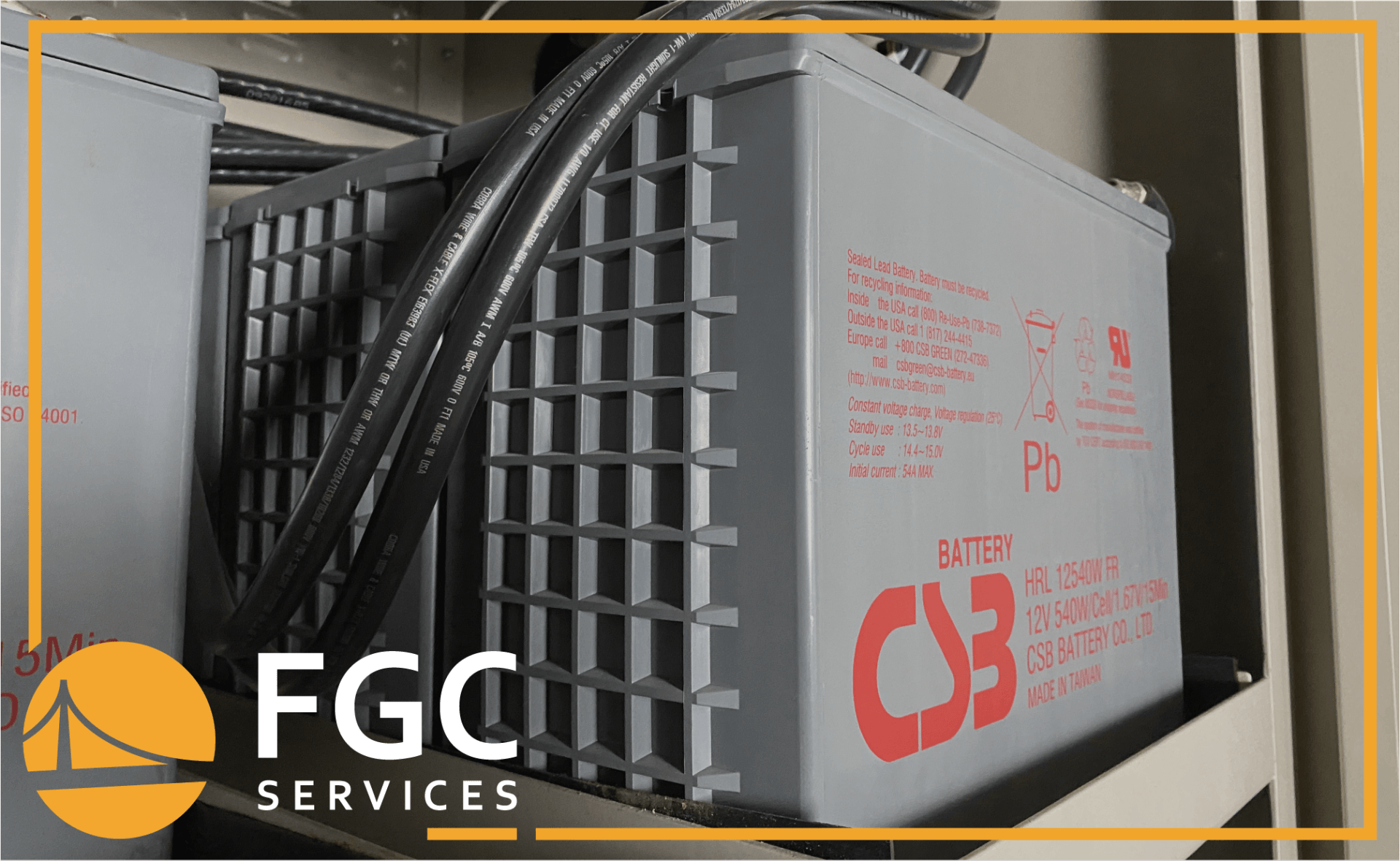Case Study #1 - Discontinued UPS System
20 June 2020
Share this article:
Type of Facility: Distribution Center
Product: Liebert AP366 75 kVA (Date Code: 1993)
Summary: Contract is full service and the UPS is at its end of life/discontinued
Preliminary Actions: The customer stated unit was in bypass. An FGC Technician was dispatched to the site to troubleshoot. He found a failed inductor on UPS along with 3 capacitors. FGC was able to source and ship a replacement inductor and capacitors to the site. Our technician returned to the site 11/27 and completed repairs on UPS.
Discontinued UPS System Solutions:
1. FGC is able to service and repair discontinued UPS systems that most vendors are not due to lack of parts being available for these discontinued UPS units.
2. Customer understands the risk they are at with a discontinued UPS system and have placed an order for a replacement system due to be changed out in early 2020.
3. Customer was very pleased with the response and repair.
Connect with Us:





